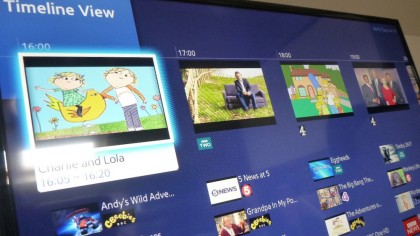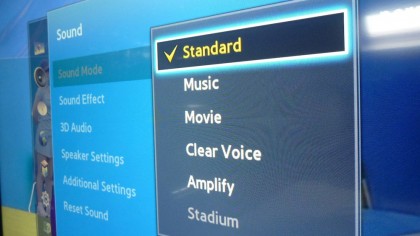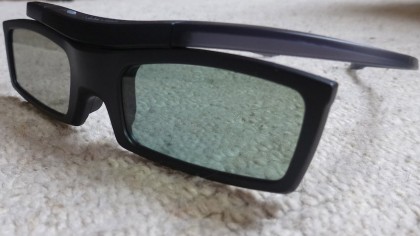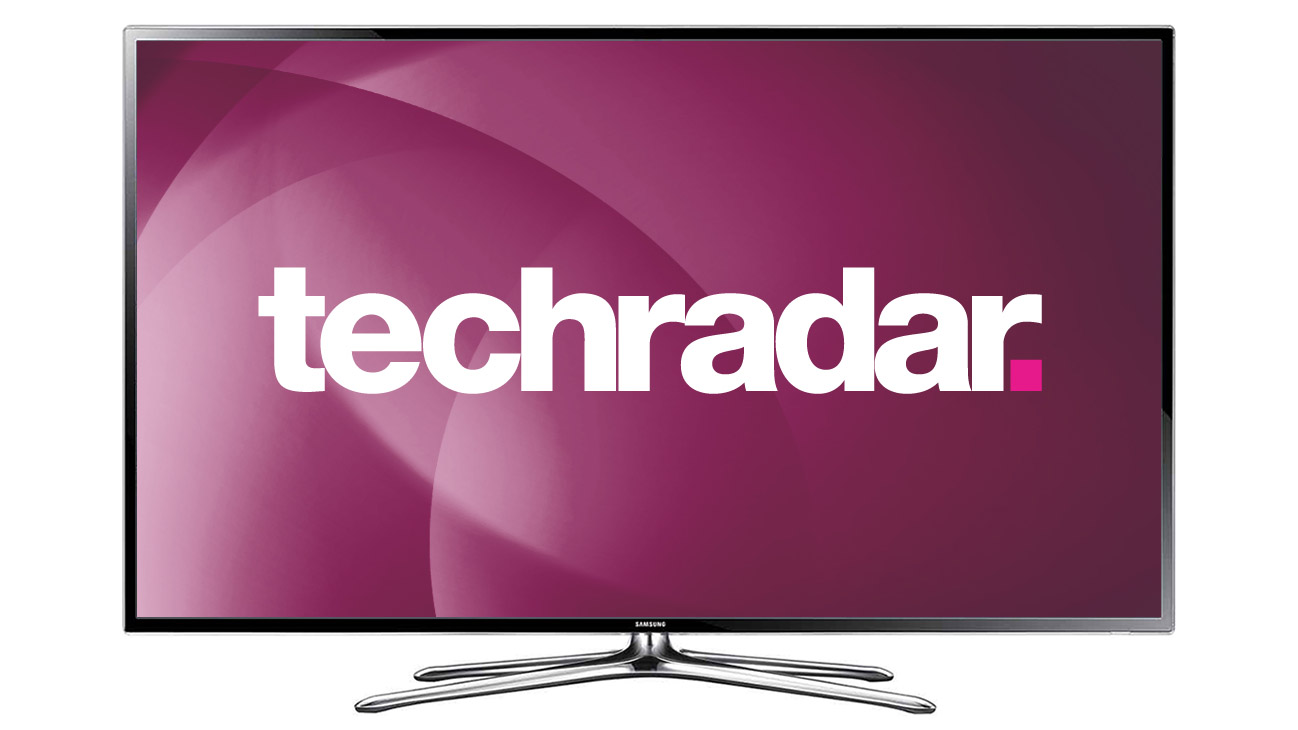Why you can trust TechRadar
Usability
Samsung AllShare Play, which used to act as a conduit between Samsung devices - and which is still mentioned within the architecture of the Samsung UE40F6400 - has been upgraded and renamed (on the mobile app side, at least) as the rather less wordy Samsung Link.
Luckily we had a Samsung Galaxy Note 8.0 to hand during our review, so downloaded the new app and attempted to trade photos, music and files with the Samsung UE40F6400.
The integration is very good, though not flawless; we managed to stream photos (it's even possible to pinch to zoom on a tablet and get the exact same real-time view on the TV), music and video files.

The link is a bit unreliable, since it did stall once, and there's a rather long pairing process, but MP3, FLAC, WAV and WMA files all streamed successfully, as did JPEG photos and MKV, AVI, MP4 and WMV video files. The same files play from a docked USB flash drive, too.
Within a polished but often ponderous user interface, S Recommendation is an interesting way to combat the problem of umpteen channels and not being able to find anything to watch.
It learns your habits and makes suggestions on what's coming up soon on live TV, and selects movies it thinks you'll like from catch-up TV and movie apps (though an account with Samsung is required, which immediately and pointlessly puts up a huge 'can't be bothered' barrier).

However, TV suggestions on Smart Hub's central On TV screen merely get an icon, and it's usually impossible to tell what the suggestion actually is, since tiny pictures of random TV presenters will mean nothing to most viewers. Nor did it get anywhere near making good suggestions during our review, but perhaps all it needs is time.
We also noticed that Smart Hub's Timeline screen, which ought to present a chronological schedule of what's coming up, worked only intermittently, and was often blank. Add that to the rather empty-looking Apps screen, where just 16 of the 30 app tiles are filled, and Smart Hub begins to seem a little less polished that it might first appear.
Partly joined to S Recommendation is the TV's voice interaction tech, though during our review it proved a failure. "Have you got any recommendations?" provoked the TV to suggest the channel we were already watching as the first option. So we said "First", to which the TV replied, "please use a full sentence", and upon our repetition, launched the built-in web browser. Hmmm.

Later on it heard "Enter URL" as "TiVo", "BBC News" as "Playing me" and "Two" as "Twitter", the app for which it automatically launched.
The voice is also rather robotic, and pronounces YouTube as "YarTube". These misunderstandings make scheduling the TV to change channel at a particular time, though theoretically possible, a nightmare to set up.
The Samsung UE40F6400's regular remote control is much, much better.
Sound

Despite having some fairly standard speakers, we were pretty impressed by the Samsung UE40F6400's built-in sound. Of the basic audio modes we favoured the Music setup for its clear vocals and background details, though Amplify adds some much-needed bass.
Movie muffles things a little, but the all-round impression from its 10W speakers is of an open, reasonably detailed soundscape with just enough low frequency action.
There is a SoundShare mode to link via Bluetooth to one of Samsung's DA-E750 Wireless Audio Docks.
Value

As always, if you're shelling out £800 (around US$1,215 / AU$1,320) or thereabouts for a TV, something special must be in store. That's exactly the case here, with reliable and versatile pictures - aside from, perhaps, SD TV channels - combining with probably the best smart TV system around.
If that wasn't enough, we'd rate the Samsung UE40F6400's build quality as above average for its price, with two pairs of 3D specs and two remote controls provided - especially the Smart Touch version - the icing on the cake of a good value, advanced package.
The cutting out of a Freesat HD tuner (compared to pricier Samsung TVs in 2013) is a wise move, shaving a few quid off the price for those only interested in Freeview HD, at most.
Jamie is a freelance tech, travel and space journalist based in the UK. He’s been writing regularly for Techradar since it was launched in 2008 and also writes regularly for Forbes, The Telegraph, the South China Morning Post, Sky & Telescope and the Sky At Night magazine as well as other Future titles T3, Digital Camera World, All About Space and Space.com. He also edits two of his own websites, TravGear.com and WhenIsTheNextEclipse.com that reflect his obsession with travel gear and solar eclipse travel. He is the author of A Stargazing Program For Beginners (Springer, 2015),

